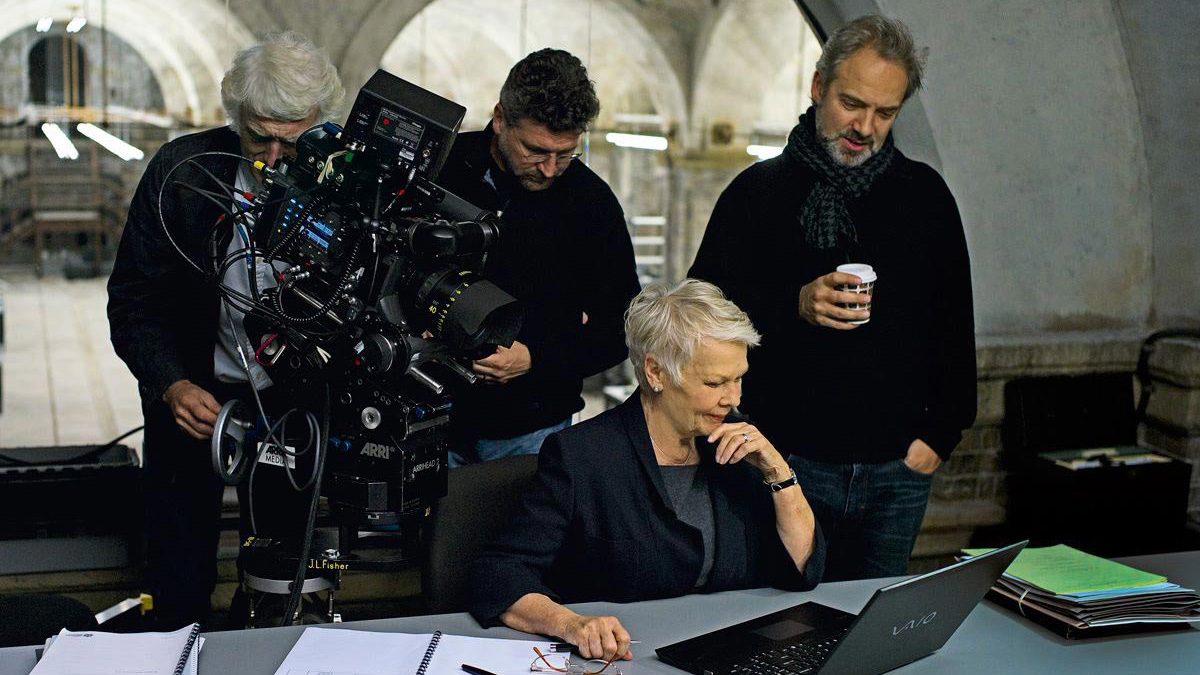
Ever since its birth, cinema has kept itself alive and relevant by constantly reaching for innovation, both in its storytelling capacity and its technical aspects. Producers, directors and filmmakers of every sort have always asked themselves “What else can be used?”, and “How can we use it differently?”. This way, cinema has evolved while still keeping the same basic essence at its core.
This list looks chronologically at the most important innovations in the history of cinema. Some of these inventions (like sound) have become a universally constant presence in filmmaking, while others are still used only for certain precise purposes (like IMAX sequences). Still, when they were first used each one of them seemed to do the same thing: to bring the future into the present.
1. Sound
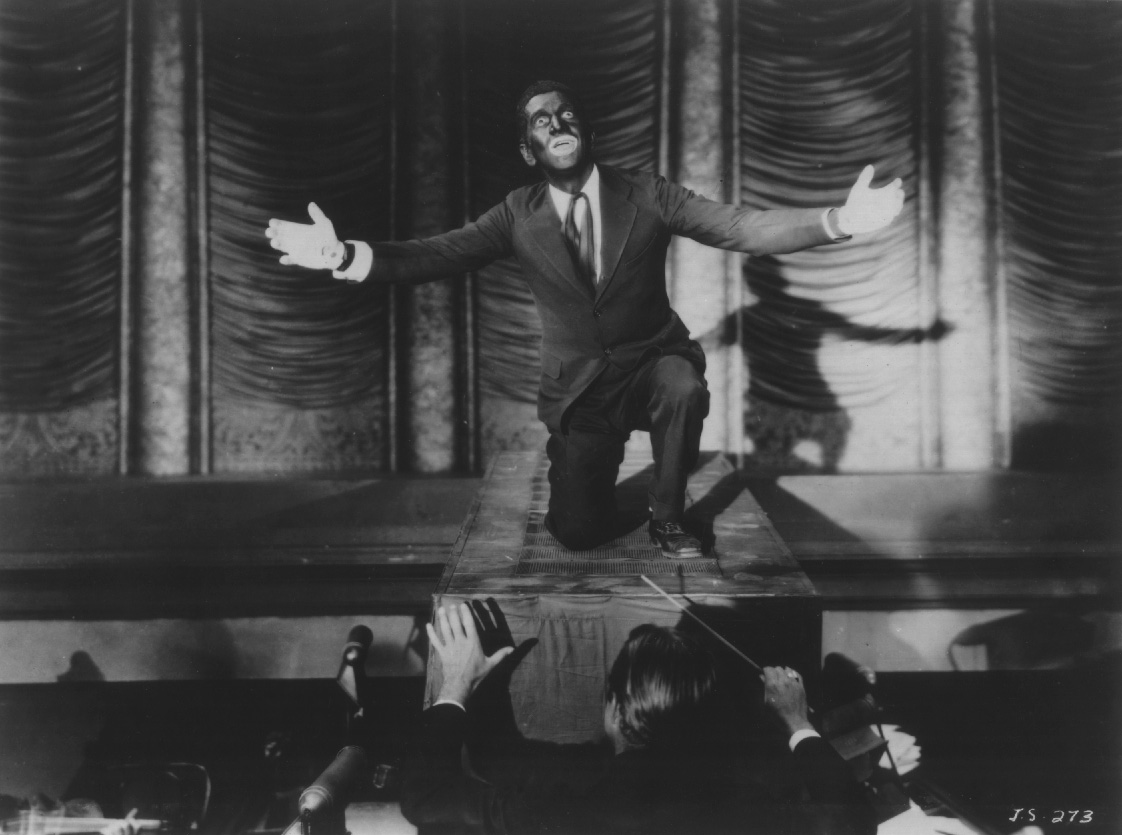
1927 marked the first time a large audience could watch (and hear) a feature film with synchronous dialogue and sound: “The Jazz Singer” was an enormous success and opened the way for the so-called “talkies”.
Sound soon became an unavoidable element of filmmaking, and there were only a few objections to the spreading of this technique, mainly from directors who were concerned that making actors talk on screen actually diminished the effect of the movie on the viewer; Charlie Chaplin in particular was famously reluctant to adopt sound in his pictures.
Before the “talkies”, all of the sounds one could hear at a movie theater came from the music played live on the spot, and all the dialogue an actor was given was shown by intertitles.
Experimentations with sound had begun as early as the second decade of the century, and the first achievement in the field was 1914’s The Photo-Drama of Creation, with its synched-up images and phonograph records. The real progress was made with the Warner Bros. financed Vitaphone, which led to the first shorts with synchronous sound. The revolution came to stay when a sound strip was added to the film stock used for shooting the movie.
As unconceivable as a sound-less movie industry is today, the filmmaking world has an undeniable fascination for the pre-1927 type of cinema and its non-verbal storytelling; the latest and clearest example of this fascination is Michel Hazanavicius’s The Artist (2011).
2. Dolly

The dolly cameras are the reason the industry shifted away from the look of early cinema, with its still shots and theater-like organization of space. The dolly is a technique which makes the camera move in a potentially smooth way by putting it on wheels; to get a shot as stable as possible the dolly usually requires a track.
Segundo de Chomón is usually considered to be the inventor of the dolly; his experiments with wheels on cameras in 1907 preceded by a decade the employment of such a technique in popular cinema. The heaviness of the camera plays a great role into the conception of dolly shots; through the years the technique has evolved and it was made possible for the cameraman to sit on the side of the camera while it moves.
Later, dollies also implemented an hydraulic lift in order to move the camera up and down, making it possible for a dolly shot to be even more inventive. A particular shot, the dolly zoom, has gained its own fame: the shot zooms in on a subject while at the same time the background moves away from the camera trough a smooth dolly movement (or viceversa, the shot zooms out while the background gets closer).
3. Color
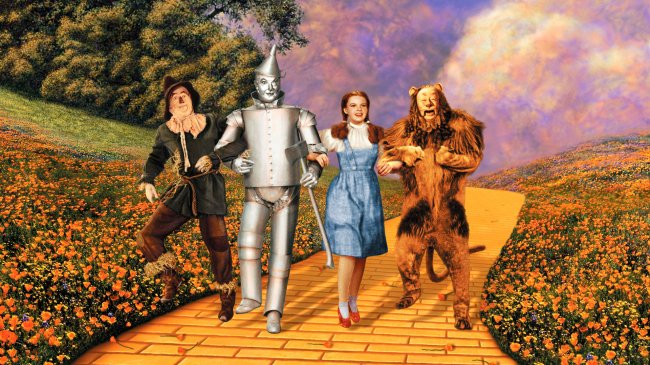
The invention of color motion pictures falls in the category of those innovations whose aim is to bring the movie experience closer to real life. Introducing the color palette of everyday life into the movie screen subverted the previous way of watching films, and brought closer together what happened on that screen and what was going outside, in the world which the spectators where coming from.
The first experiments with photographing film in color started around the beginning of the 20th century and resulted in a limited palette of colors, until in 1932 Technicolor introduced a three-layered emulsion on the film strip which gave a much more complete color range.
By the early 1950’s making motion pictures in color became relatively easy and was a widely adopted filmmaking choice; nevertheless, the previous fifteen years had already proven the great artistic potentiality of the technique. The most famous example of this is 1939’s The Wizard of Oz, in which the setting turns “Technicolor-painted” when Dorothy enters the magical world of Oz.
4. Widescreen
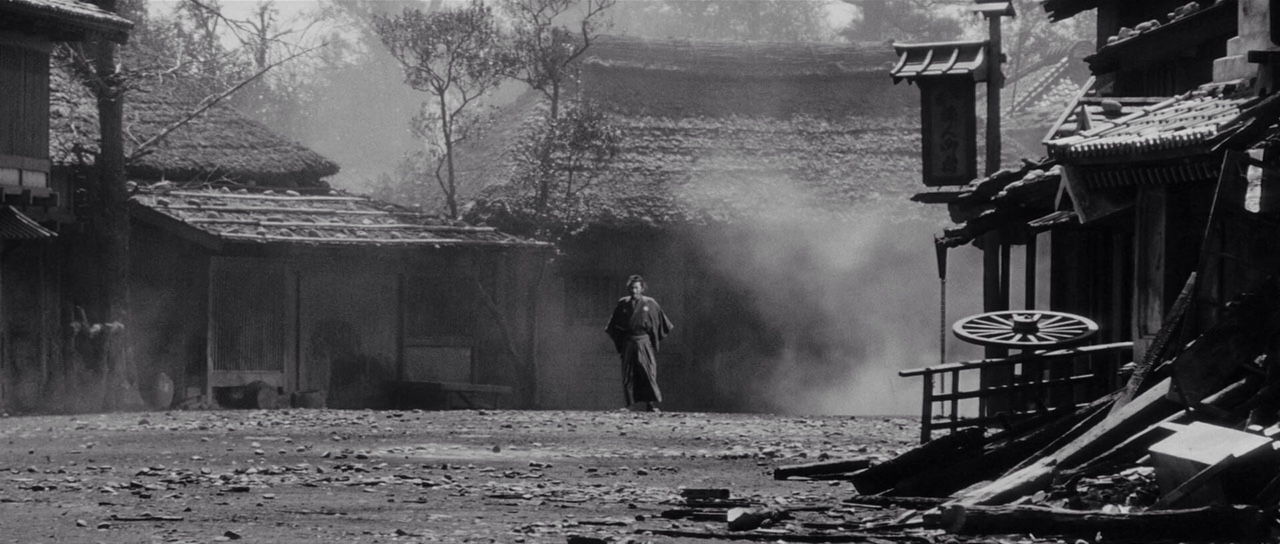
Cinema has proven itself to be a constantly moving art by reacting to cultural and technical changes and inventing new ways to remain a relevant experience. An example of cinema’s ability to modify itself is the birth of widescreen projections. During its first decades. movies universally adopted an almost squared image with the proportion of 1:1.33, but producers and directors soon started to experiment with ways to make the image on the screen bigger and wider.
Every main distribution company invested in this field, but the biggest jump happened after the invention of television, which initially had the same 1:1.33 proportion of cinema; in other words, when a form of the cinema image became available in every home, filmmakers understood that to keep the movie experience relevant they had to change its visual effect. This is when larger film stock like 65mm and 70mm and also anamorphic renditions of 35mm came to use, resulting in images that were much wider.
The ’50 and ’60 had many releases which amazed the viewer with widescreen, and after those years of experimentations the industry settled on the two main aspect ratios that to this day are still the main choices for directors, the 1:1.85 ratio and the 1:2.35 one.
5. Steadicam
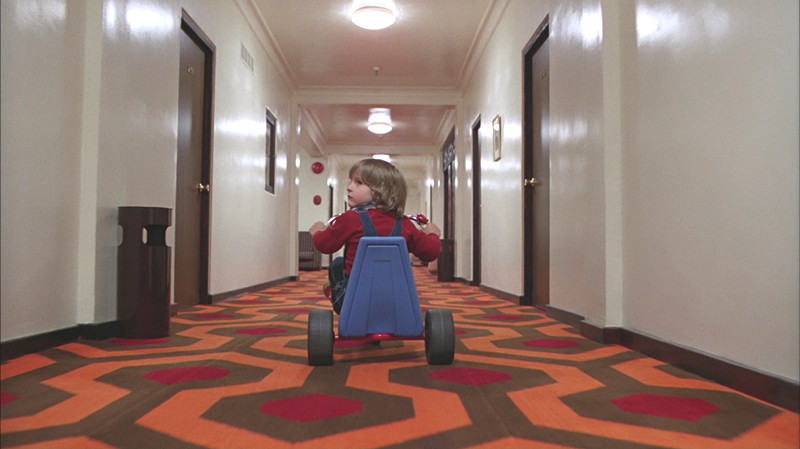
The end of the Seventies saw the first use of some experimental cameras which tried to give hand-held shots the stability of a dolly movement. The brain behind these models was cameraman Garrett Brown, who relentlessly experimented a system of weight distribution to smooth shots in which the cameraman holds the camera.
The definitive version was a camera connected directly to the cameraman through a special vest; the moving arm of the vest holds the Steadicam which is persistently balanced and keeps the image from being shaky, no matter how much the operator moves. Garrett Brown employed this definitive versione of the Steadicam for The Shining (1980), and many of the film’s iconic moments (like the run through the maze, or the bicycle ride in the hotel halls) where made possible by this innovation.
The Steadicam was immediately recognized as an infinitely useful filmmaking tool, and is of course still used today; in fact, the Steadicam technology has evolved to support new kinds of camera, like digital cameras or the considerably heavier IMAX cameras.